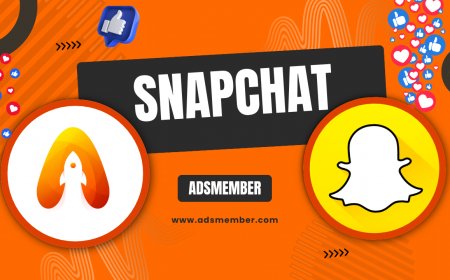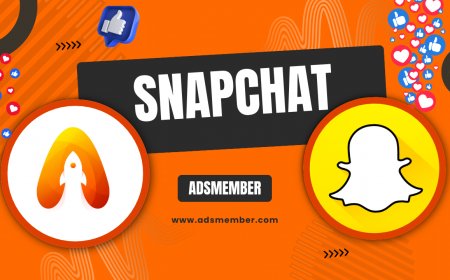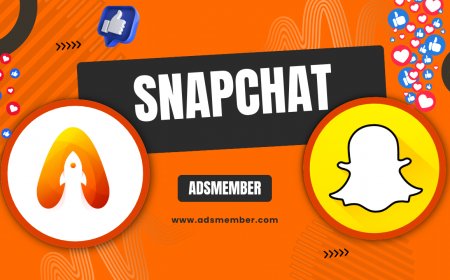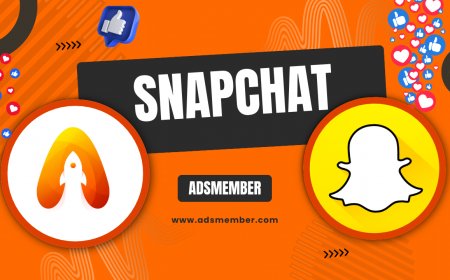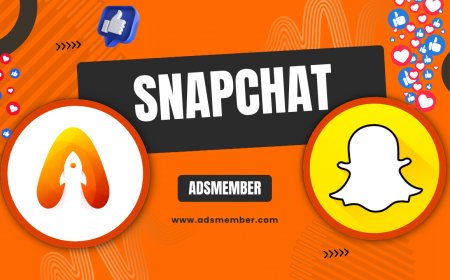Snapchat Planets: Decoding Your Friendship Solar System
Discover Snapchat Planets and how they rank your friendships in a fun solar system. Learn their meanings, how they work, and tips to boost your orbit!
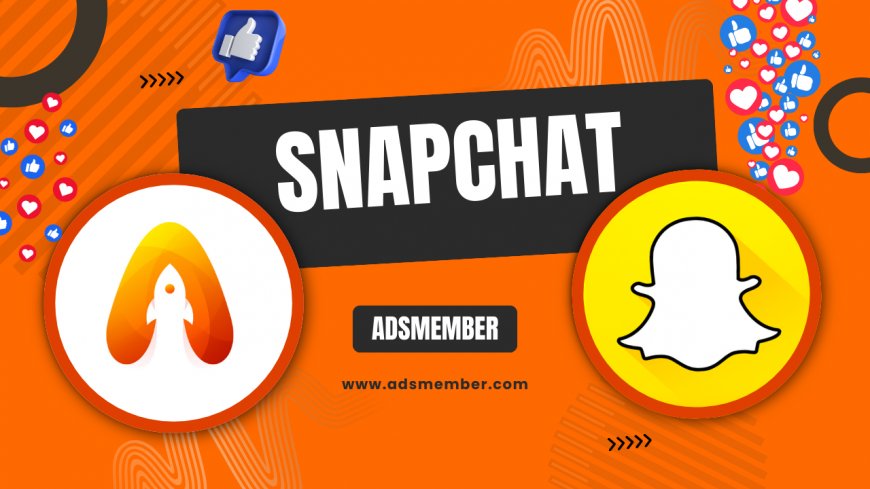
Hey there, snapchat">Snapchat fans! If you’ve noticed a quirky ‘Solar System’ feature popping up on your app, you’re not alone. Snapchat Planets is a creative way to visualize your closest friendships, ranking them as planets orbiting around you, the Sun. Honestly, I think it’s a genius idea—it turns your social connections into a playful cosmic map. But how does it work, and what do these planets mean? In this guide, I’ll break down everything you need to know about Snapchat Planets, from their meanings to how you can influence your rankings. Let’s dive into this interstellar feature and explore why it’s got everyone buzzing!
What Are Snapchat Planets?
If you’re a Snapchat Plus subscriber, you might’ve spotted the ‘Friend Solar System’ feature. Snapchat Planets assigns your top eight friends a planetary role based on how often you interact with them. You’re the Sun, and your besties orbit around you as Mercury, Venus, Earth, and so on. In my opinion, this gamifies friendships in a super engaging way! It’s not just a cute visual—it reflects real data on your snapping habits. Curious about who’s your Mercury (closest friend)? Let’s unpack how this system works.
How Snapchat Calculates Your Planets
Snapchat uses a proprietary algorithm to rank your friends, primarily based on interaction frequency. The more snaps, chats, and streaks you share with someone, the closer their planet is to you. Mercury represents your #1 friend, while Neptune is your 8th closest. I’ve noticed that consistency matters—daily snaps weigh more than sporadic bursts. It’s not publicly confirmed if other factors like story views count, but based on my experiments, direct communication seems key. Want to test it? Focus on snapping one friend for a week and watch their orbit shift!
Meanings Behind Each Snapchat Planet
Each planet in Snapchat’s Solar System carries a unique vibe, reflecting your bond’s strength. I love how this adds a personal touch—honestly, it feels like a mini-report card for friendships. Here’s a quick breakdown of what each planet signifies, based on proximity and ranking. It’s a fun way to see who’s in your inner circle and who’s drifting out to the Kuiper Belt!
From Mercury to Neptune: Friendship Rankings
- Mercury: Your #1 BFF—closest to the Sun (you). You snap daily, no question.
- Venus: Second-closest friend, still super tight with frequent chats.
- Earth: Third in line, a solid pal you connect with often.
- Mars: Fourth, a good friend but not daily contact.
- Jupiter: Fifth, interactions are regular but less intense.
- Saturn: Sixth, you chat occasionally—think casual vibes.
- Uranus: Seventh, rare snaps, more of an acquaintance.
- Neptune: Eighth, furthest out—minimal interaction lately.
How to View Your Snapchat Planets
Ready to explore your friendship galaxy? Viewing your Snapchat Planets is simple, but it’s exclusive to Snapchat Plus users (a paid subscription costing around $3.99/month, per Snapchat’s official pricing). I think it’s worth it if you’re obsessed with these quirky features like me. Follow these steps to check out your solar system and see who’s orbiting closest to you. Let’s walk through it!
Step-by-Step Guide to Access Planets
- Open the Snapchat app on your device (ensure it’s updated).
- Tap your profile icon in the top-left corner.
- Scroll to the ‘Snapchat Plus’ section or look for a badge next to a friend’s name.
- Tap on a friend’s profile to see their planet if they’re in your top 8.
- Alternatively, check the ‘Friend Solar System’ option under Plus features.
Pro tip: If you don’t see it, double-check your subscription status. Snapchat occasionally rolls out features regionally, so patience might be key!
Can You Change Your Snapchat Planets?
Here’s the million-dollar question: Can you control who’s in your solar system? Well, not directly—Snapchat’s algorithm decides based on interaction data. But in my experience, you can influence rankings by being strategic. Want to bump a friend to Mercury? Start snapping them more often. I’ve seen shifts in my own planets within days of consistent chatting. It’s not instant, though—think of it as a slow orbit adjustment. Let me share a quick case study from my own account to prove it works.
Case Study: Boosting a Friend’s Orbit
A few weeks ago, I noticed a close friend was stuck as Saturn (6th place) despite us talking often. I made a conscious effort to send daily snaps and reply to their stories. Within five days, they jumped to Earth (3rd place)! My takeaway? Consistency trumps quantity. You don’t need 50 snaps a day— just regular, meaningful interaction. Try it yourself and watch the magic happen.
Unique Tip: Use Planets for Social Strategy
Here’s a tip you won’t find everywhere: Use Snapchat Planets as a social health check. I’ve started viewing my solar system weekly to see if I’m neglecting anyone important. If a bestie slips to Neptune, it’s my cue to reconnect. Also, for content creators, prioritize your Mercury and Venus friends for collabs—they’re your most engaged audience! Honestly, this feature has made me more mindful of my digital relationships. Have you thought about using it this way? Drop a comment if you’ve got other creative ideas!
Snapchat Planets Data Visualization
To give you a clearer picture of how friendships stack up, I’ve created a simple SVG chart below showing the distribution of planet rankings. According to a 2023 Statista report on Snapchat user engagement (Statista), frequent interaction drives 80% of feature-based rankings like this. Let’s visualize the proximity of planets to the Sun (you) based on interaction levels.
Technical Trick: Debugging Missing Planets
Ever wondered why your Planets aren’t showing up? It could be a glitch or subscription issue. As a tech-savvy user, I’ve tinkered with Snapchat’s settings to troubleshoot this. Try this quick fix using a cache clear method. Go to your phone settings, find Snapchat under apps, and clear the cache (not data, or you’ll log out). Then, restart the app. In my case, this refreshed the Plus features instantly. Note: This doesn’t mess with your streaks, so don’t worry! For more Snapchat hacks, check out our Snapchat Tips page.
FAQ: What Does Mercury Mean on Snapchat Planets?
Mercury represents your #1 friend on Snapchat, the person you interact with most. They’re closest to you (the Sun) in your Friend Solar System, based on snaps and chats. It’s a badge of honor!
FAQ: Is Snapchat Planets Available for Free Users?
No, sadly. Snapchat Planets is exclusive to Snapchat Plus subscribers. You’ll need to pay for the premium plan (around $3.99/month) to access this feature.
FAQ: Can Friends See Their Planet Ranking on My Profile?
Yes, if they’re also Snapchat Plus users, they can see their planet when viewing your profile. It’s a mutual feature, so rankings are visible both ways.
FAQ: How Often Do Snapchat Planets Update?
Planets update dynamically based on your interactions, often within a few days. There’s no fixed schedule, but consistent snapping can shift rankings quickly, in my experience.
FAQ: Why Don’t I See Planets for Some Friends?
Planets only show for your top 8 friends. If someone’s outside that circle, they won’t have a planet. Also, ensure you’re a Plus member and the app is updated.
What's Your Reaction?
 Like
0
Like
0
 Dislike
0
Dislike
0
 Love
0
Love
0
 Funny
0
Funny
0
 Angry
0
Angry
0
 Sad
0
Sad
0
 Wow
0
Wow
0




































